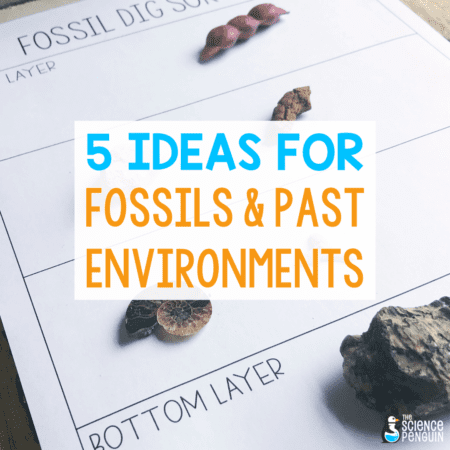
7 Amazing Ideas for Teaching the Water Cycle
The water cycle is the process by which water evaporates from the Earth’s surface, rises into the atmosphere, and falls back down to the surface

The water cycle is the process by which water evaporates from the Earth’s surface, rises into the atmosphere, and falls back down to the surface

What Are Science Stations? My line of Science Stations Units were created for 4th-6th grade students to have an opportunity to explore science topics at their

Why do we have seasons? Here are 5 activities to help your upper elementary students understand why we experience seasons.

As usual, my students struggled with erosion more than any other content standard so far this year. So, I made a stations unit for

Sedimentary rock is formed when layers of sediment, such as sand, mud, and small rocks, are pressed and cemented together over time. Here’s what happens:

Let’s take a look at fossils and past environments! Fossils are fascinating phenomena that lead students to excitement about the discovery of our Earth’s past.

As a new teacher, I struggled to plan engaging, rigorous science lessons. Throughout my time teaching upper elementary and in my graduate studies, I discovered what worked well and developed science curriculum for busy teachers. Now, teachers across the country use Science Penguin activities every single day in their classrooms!
This is an exclusive library of 40+ science printables, labs, activities, and games for grades 3-6!
Enter your personal email so your resources don't get stuck in a district filter!